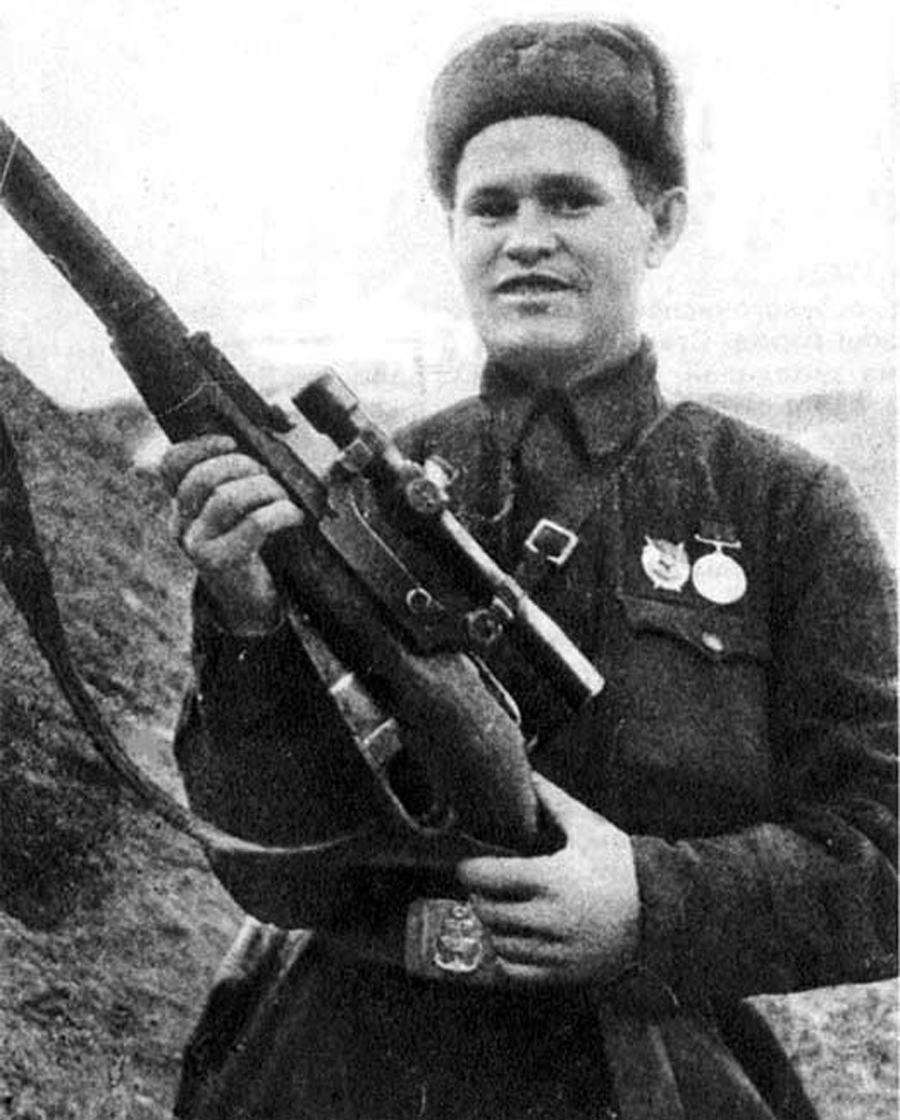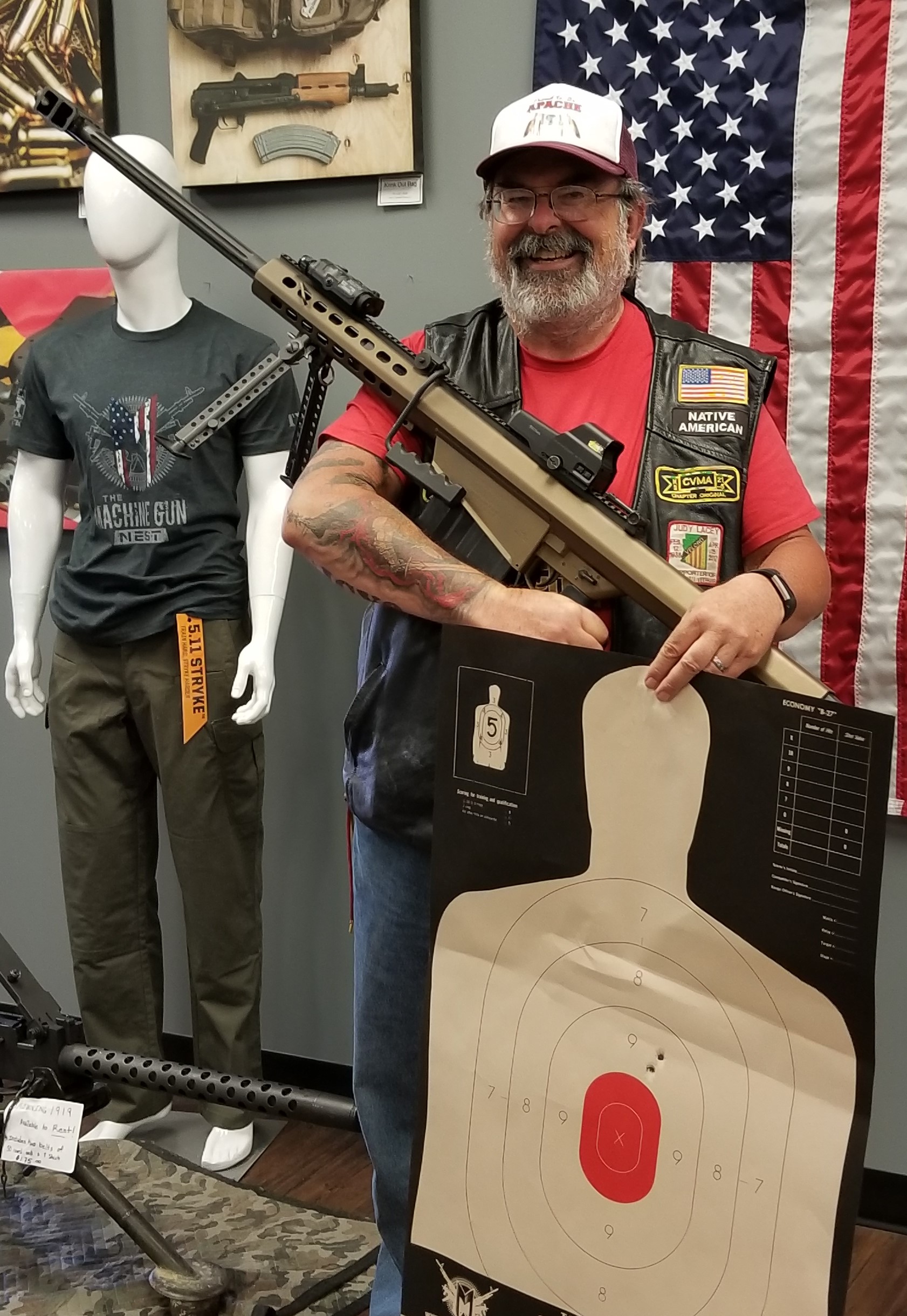They’re easy to recognize. They come to their local gunsmith with a sheepish look and a white complexion. They lay their AR down and say something along the lines of, “I think I messed up.” The firearm looks perfect except the trigger is missing. This is typical when someone has done their own trigger work and has taken too much off the sear, creating a fully automatic firearm. Fully automatic firearms are highly illegal and this person is now facing jail time and a hefty penalty for their mistake. That’s because legally you may only modify your existing trigger or purchase an aftermarket trigger for your AR-15. The following dialogue is meant to give you some guidance on your choice.
Kip Carpenter of Sonoran Desert Institute told this story with a chuckle when talking about the previously mentioned situation, but he then switched to a serious tone. “First off, I ask if they have destroyed the faulty trigger. You don’t want any part of that liability.” Kip has worked on firearms for decades and has seen the results of shaving the sear on a trigger several times. The results are rarely good. “Honestly, it’s so easy to mess up and take off too much. As a business person, I won’t even touch a trigger if it involves taking off metal. Once you modify the mechanism, the liability switches to you as an individual or as the gunsmith involved. Even having a modified trigger that goes full auto can get you into hot water. You also void any kind of manufacturer warranty once you modify the mechanism, which is bad for your customer.”
In terms of trigger modification on your AR-15, Kip does support the buffing of the sear. “There’s no problem with buffing out the sear. In most instances, it will make it a smoother action for the shooter and can increase accuracy. Just as long as you aren’t removing metal,” said Kip. As a note, Kip followed this by stating that even this modification can void your warranty with the manufacturer should something fail, and that somebody without training should not attempt it. He stated, “It’s just one of those things. You have to weigh your risk versus your reward.”
Most shooters want the most effective mechanism possible when it comes to triggers on their AR-15, or any firearm for that matter. When it comes to ARs, your options will fall between a single stage trigger and a two stage trigger. What is the difference?
With a single stage trigger, you have a steady pull in one fluid “or sometimes gritty” motion that disengages the sear and releases the hammer. These triggers can vary in weight (the amount of pressure that it takes to disengage the sear). Sometimes there is a bit of walk in the trigger, meaning that there is movement in the trigger at a steady or increasing pressure until the sear disengages. This is the most common type of trigger found on rifles directly from manufacturers as well as military issue firearms. The weight on these manufacturer rifle triggers, especially military models, varies between 5.5 lbs. and 8 lbs. Rifle triggers can also be found with weights between 3.5 lbs and 5.5 lbs for more precision shooting needs. Kip Carpenter stated, “You really don’t want to take a trigger below 3.5 lbs. It can create an unsafe situation with an unfamiliar shooter. The slightest amount of pressure can cause a discharge and I like to play it on the safe side.”
Two stage triggers are a different story. As Kip states, “These are precision firing mechanisms. They are great for competitive shooters.” They operate on a principle of a crisp release after some slack on your trigger pull. The initial trigger pull will be light, typically half the weight of the trigger’s weight. For instance, on a 5 lb. trigger, the initial weight may be 2 – 2.5 lbs. until you feel it stop. This is often referred to as a “wall.”At this point, the pressure is increased to the full 5 lbs. for the shooter, “the wall,” and the sear will release with very little additional movement. This enables the shooter to know exactly when the rifle will fire.
Outside of your choice on trigger types (single stage or two stage), your options are almost too many to count. These options can be categorized into two different types: standard trigger assemblies and drop-ins.
Aftermarket, standard trigger assemblies can be purchased with innumerable options at varying weights. The name of these triggers describes what you need to know. You will receive the trigger parts and assemble them in your AR. This is a fairly simple process if you are familiar with the assembly of a trigger, but for those less experienced with firearm mechanisms, you should take this to a professional.
Drop-in triggers are an altogether different story. These function like LEGO blocks. They come in a unit and are fully assembled. You simply drop these into your AR and secure them with a pin. These are very difficult to mess up, but as Kip stated, “You can run into problems if you have not verified that the drop-in unit is compatible with your lower receiver. In this case, the pins might not line up.”
Kip Carpenter is enthusiastic when discussing drop-in triggers. “I highly recommend drop-ins to my customers. Unless you have blatantly not followed the directions, you will know exactly what the trigger will do and what weight the trigger is.” When choosing a drop-in, Kip has this guidance, “Make sure it is compatible with your receiver, make sure it is within your budget, get help if you are not confident in your install abilities, and make sure to use a reputable manufacturer. Choosing parts for a rifle is serious business. Your life can be at stake, so you definitely want to use something produced by a reputable source.”
Choices of trigger, as previously stated, are numerous. Will choosing an aftermarket trigger make you a better shooter? “Lordy, no,” said Kip. “Technique will trump your trigger every time. But you can see a good amount of improvement on your existing technique with the use of a precision trigger. What it all comes down to is personal taste.” Choosing the right trigger for you depends on the type of shooting that you do. More importantly, it depends on your own technique and which type or trigger helps you to be a more accurate shooter.
Two stage triggers are often recommended for shooting that requires single, precise shots. Single-stage triggers are often recommended when one wishes to use rapid follow-up shots. Even in these instances, a shooter may choose the opposite use for these triggers. The most important part in choosing a trigger is trying out different styles until you find a weight and trigger type that fits you as a shooter. So get out there and get shooting, because even if you don’t find the right trigger, there is no substitute for experience and technique.



